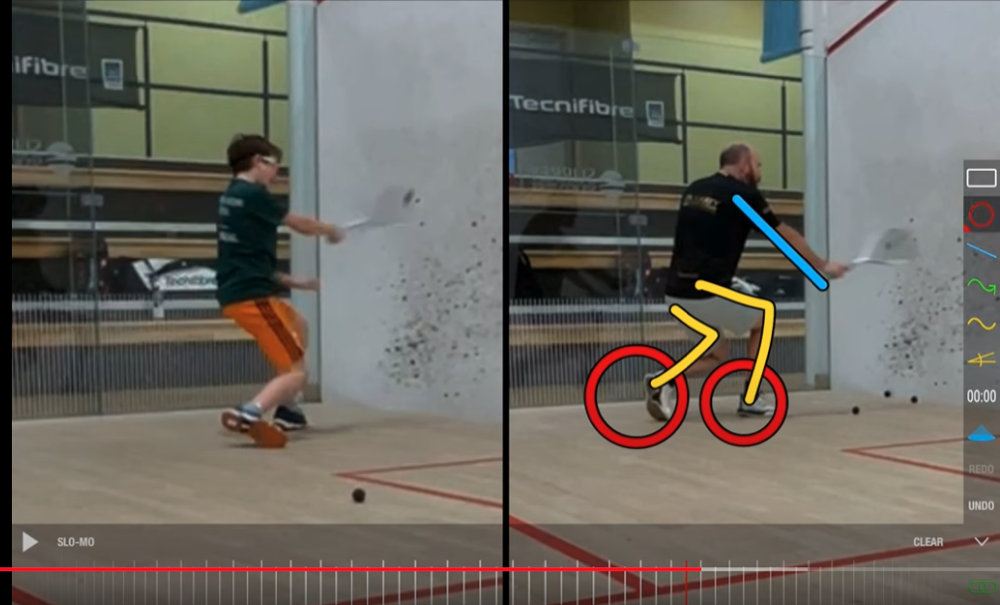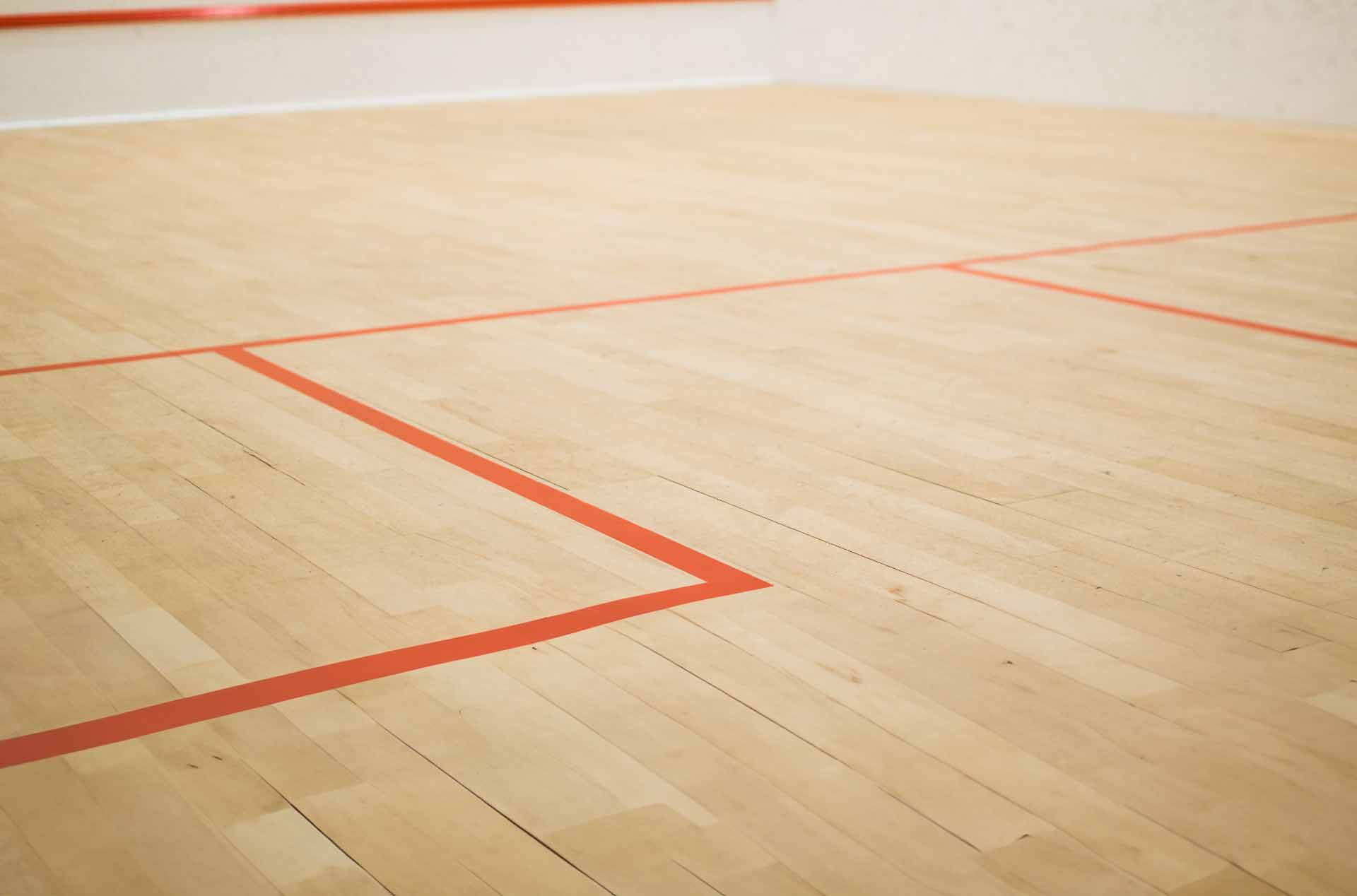Your cart is currently empty!
Reading Time:
10 Tips to improve your timing on your return-of-serve

Players, especially new and intermediate players, often struggle with the return of service. Unfortunately, a weak return of serve can put you in jeopardy for the rest of the rally. Not only can it create frustration when we don’t know how to correct it, but over time it can get into our heads. Instead of being free to watch and track the ball and hit it deep into the court, we are worrying whether we will even be able to return it. Nothing like going into a match and missing several serves!
One thing to remember is that there is a lot to pay attention to so give yourself a break if you are struggling and you are new to squash. There is only so much we can pay attention to at one time. While you are paying attention to one component, you probably are unable to focus on others. If you haven’t been able to make aspects about the return of serve automatic through practice, you will probably struggle until you do. This is normal and expected.
For example, if you are trying to work on your swing mechanics, or your positioning, you might not be tracking the ball as well. That’s ok. Expect to miss the ball during practice.
While you practice, work on just one thing at a time and let other things go until you can start to incorporate them together. The ultimate goal of practice to to make it so some of the things you are working on become automatic, freeing your mind to pay attention to what is new in the environment (i.e. the trajectory of the ball, rather than whether or not you are moving your feet or bending your knees).
There are a few key things that can help you improve your timing on your return of serve in squash:
- Solo-practice a variety of volleys. Once you get comfortable with these, practice a variety of volleys that bounce off the wall first. This will also help you develop your timing.
- Play and practice with a variety of people. This will help you get a feel for the pace and spin of different serves and will allow you to react more quickly and accurately. The more you practice, the more comfortable you will become with the ball and the better your timing will become.
- Pay attention to the server: Keep an eye on the server as they are preparing to serve. Watch their body language and the way they grip the racquet to get an idea of the type of serve they are likely to hit.
- Watch the ball closely as it is served. Pay attention to the trajectory, spin, and speed of the ball.
- Really track that ball and laser-focus your attention on it. We think we are watching, and we probably are, but we are not paying attention as carefully as we need to. This could be because we are worrying or distracted. During a match, tracking the ball is probably the number one thing you need to focus on. Save the other work for practice. As the ball comes towards you, follow it with your eyes and keep them focused on the ball until you make contact. Tracking the ball carefully may take some practice.
- Get in position: Make sure you are in the correct position to receive the serve. Ideally, this is behind the ball. This will allow you to move quickly and get your racquet in position to make a good return.
- Use your feet: Squash is a game that is played on your feet, so be sure to move your feet to get in position for the return. This will help you stay balanced and make it easier to hit a good shot. It’s common for players to just stand and stretch for the ball.
- Consider using a split step. As the ball is served, take a small hop and land with one foot slightly in front of the other. This will help you react quickly and move in any direction.
- Anticipate: Try to anticipate the type of serve that is coming and position yourself accordingly. Start paying attention to where the ball hits the front wall, and what that means for where the ball ends up. This will give you a split-second advantage and allow you to make a better return.
- Consider working with a coach or taking lessons. A coach will see things you won’t and can help you develop specific skills and strategies that are tailored to your needs and goals.
By practicing these techniques and focusing on improving your timing, you should be able to make better returns of serve in your squash games.
More Tips to Improve Your Squash Backhand Serve
Here are a couple of video analyses that you might find beneficial from different angles. Everything is not covered here, but he goes through it at different speeds and different ways, so it helps to look at where they are in their court, at what time they start their swings, and so on.
by
Tags:
